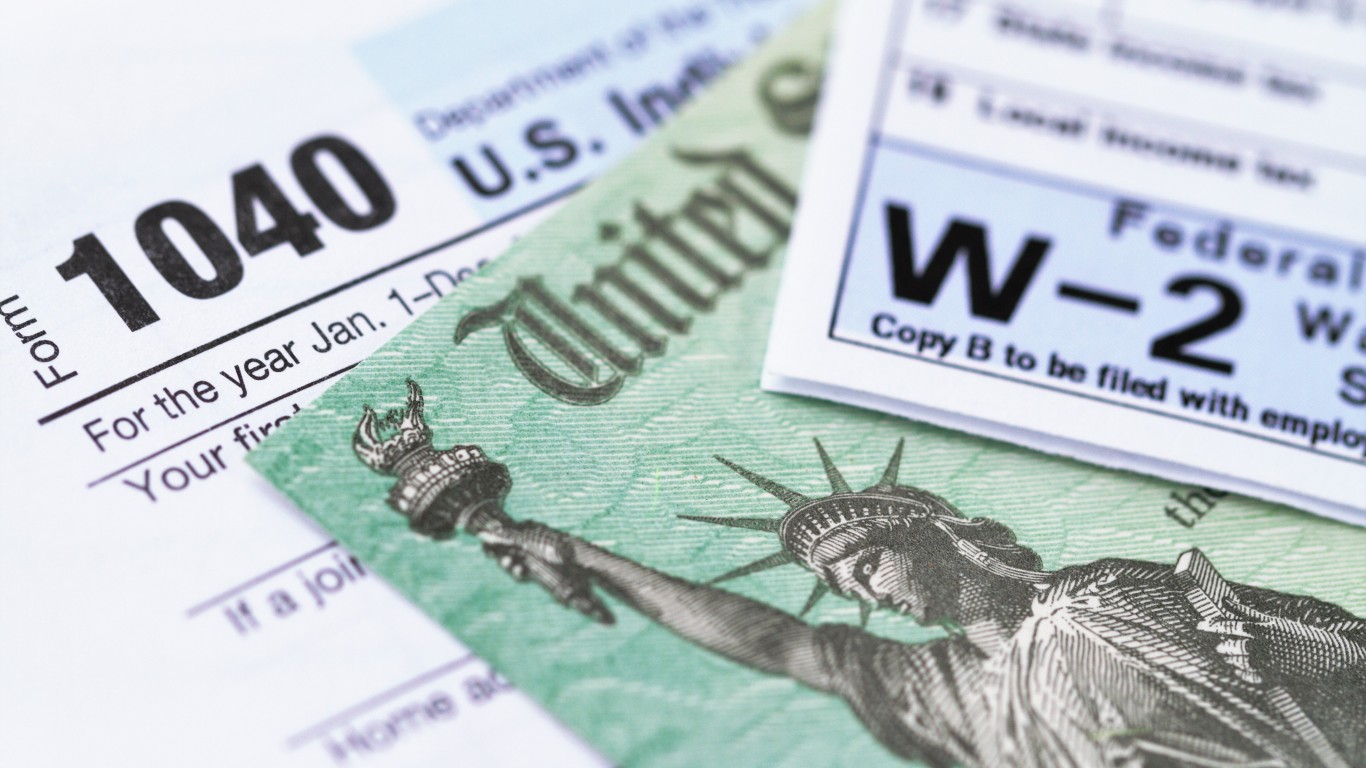
Key Points
-
Maxing out retirement plan contributions could lower your IRS bills.
-
Funding an HSA could shield income from taxes.
-
Harvesting investment losses could work to your benefit.
-
4 million Americans are set to retire this year. If you want to join them, click here now to see if you’re behind, or ahead. It only takes a minute. (Sponsor)
Whether you make $50,000 a year or $500,000 a year, your goal is probably the same — to keep as much of your income as possible away from the IRS. And the good news is that there are plenty of legal ways to shield income from taxes. If you’re looking to pay the IRS less, here are three moves to consider this year.
1. Max out your IRA or 401(k)
Saving for retirement won’t just help ensure that you have money to live on later in life. It could also help you pay less tax in the near term.
Contributions to a traditional IRA or 401(k) help exempt some of your income from taxes, up to a certain limit that changes each year. This year, the maximum allowable IRA contribution is $7,000, or $8,000 if you’re 50 or older. For 401(k)s, the limit is $23,500, or $31,000 for those who are 50 and over.
There’s also a new change to 401(k) contributions that could give older savers an even bigger tax break. Dubbed the super catch-up, workers aged 60 to 63 this year can make a catch-up contribution of $11,250 instead of $7,500, bringing their total allowable 401(k) contribution to $34,750.
But if your goal is to lower your taxes in the near term, you’ll need to make sure to stick to a traditional IRA or 401(k), and avoid a Roth. Roth accounts offer plenty of benefits, but they won’t lower your taxes immediately, since contributions are made on an after-tax basis.
2. Contribute to an HSA
HSAs give you the flexibility to save for medical expenses in a tax-free manner. The only catch is that your health insurance plan must meet certain criteria.
For the current year, your health plan must have a minimum deductible of $1,650 for self-only coverage or $3,300 for family coverage to be eligible. Your out-of-pocket maximum also cannot exceed $8,300 for self-only coverage or $16,600 for family coverage.
From there, HSA contributions max out at $4,300 for self-only coverage this year, or $8,550 for family coverage. However, there’s a $1,000 catch-up contribution available to savers who are 55 or older.
3. Sell investment losses to offset gains
Your goal as an investor is to make money. But when you sell stocks at a profit, you’re liable for capital gains taxes that add to your overall IRS bill.
If you want to pay less tax, track your gains carefully, and sell investments strategically at a loss to offset those gains. You should also know that once you’ve canceled out your gains, you can apply up to $3,000 a year in capital losses to offset ordinary income.
Of course, during periods when the stock market is up, selling investments at a loss can be tricky. That’s why it pays to work with a financial advisor.
An advisor can monitor your holdings and help you sell investments at the right time. In addition to an advisor, you may also want to work with a tax professional to find ways to lower your tax burden based on your specific financial situation.
It’s Your Money, Your Future—Own It (sponsor)
Retirement can be daunting, but it doesn’t need to be.
Imagine having an expert in your corner to help you with your financial goals. Someone to help you determine if you’re ahead, behind, or right on track. With SmartAsset, that’s not just a dream—it’s reality. This free tool connects you with pre-screened financial advisors who work in your best interests. It’s quick, it’s easy, so take the leap today and start planning smarter!
Don’t waste another minute; get started right here and help your retirement dreams become a retirement reality.
Thank you for reading! Have some feedback for us?
Contact the 24/7 Wall St. editorial team.




